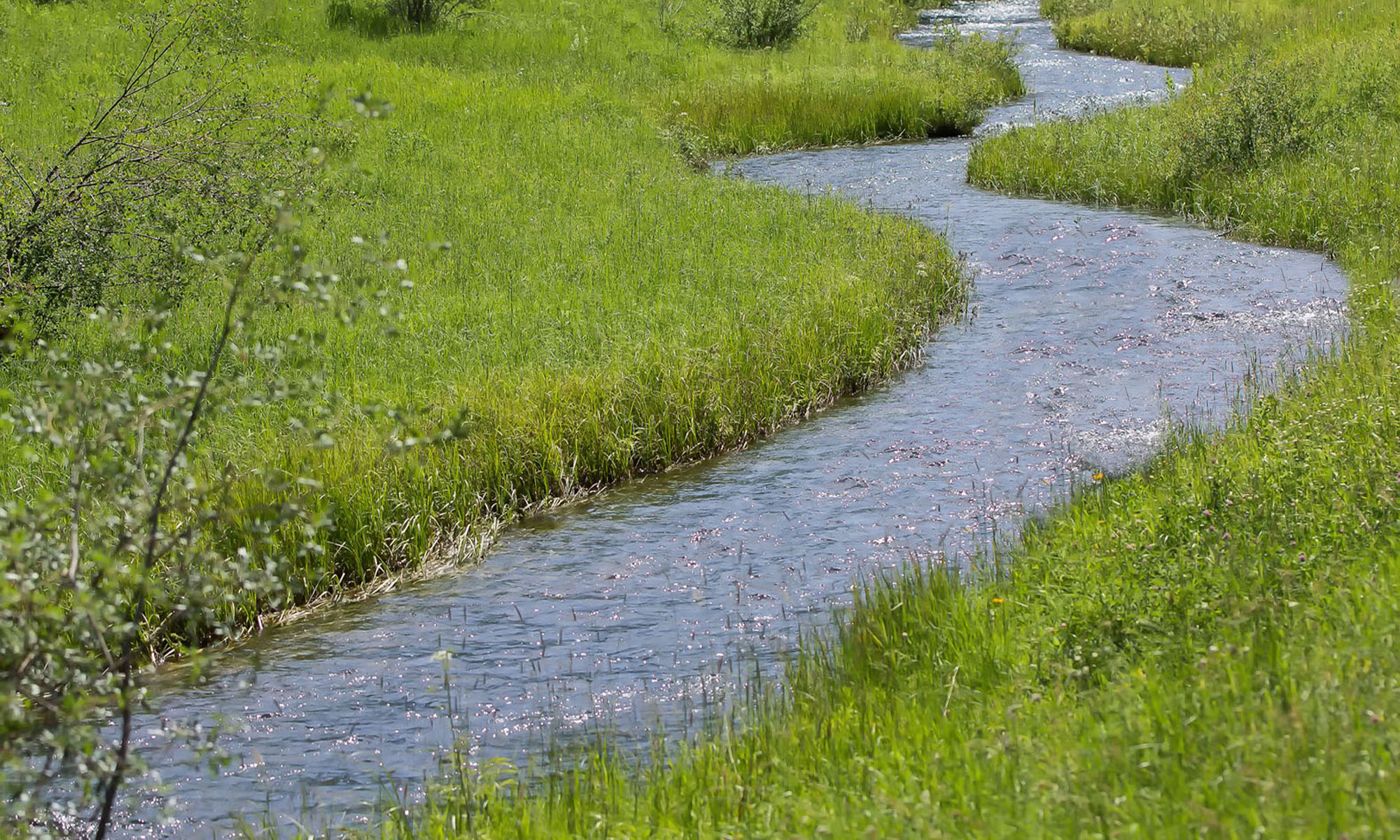– A Strategy for Pollution Reduction in Our Watershed
When people think about pollutants in a local stream like the Paxton Creek they don’t often think about dirt. Dirt, or sediment – solid fragmented material, such as silt, sand, gravel, chemical precipitates, and fossil fragments – that makes its way into the stream channel is considered to be a source of pollution. The Environmental Protection Agency lists sediment as the most common pollutant in rivers, streams, lakes and reservoirs. Sediment can cause numerous issues in the aquatic environment. In stream beds it disrupts the natural food chain by destroying the habitat where the smallest stream organisms live, causing massive declines in fish populations. Sediment can clog fish gills, reducing resistance to disease, lowering growth rates, and affecting fish egg and larvae development.
Sources of sediments include urban stormwater runoff, soil disturbance by construction activities, and farming. Some sediment comes from natural erosion of flowing water, but severe storm events can cause heavy erosion to unprotected streambanks. The roots of trees and other plants are the key to stabilizing the banks and keeping soil in place. That is why re-creating streamside buffers in places where they have been removed has become a very effective strategy to repair damaged streambanks and reduce sediment pollution.
A consortium of government agencies recently pooled their resources and undertook sediment removal and streamside buffer restoration projects within the Paxton Creek Watershed. Participants in the projects included the City of Harrisburg, Susquehanna Township, Lower Paxton Township, and the PA Department of Transportation. An example of a streamside buffering / restoration project occurred at Shutt Mill Park in Susquehanna Township in 2021.
Shutt Mill Park Before & After Stream Restoration

If you are a landowner with a stream on your property, or if you know one, the PA Department of Conservation and Natural Resources has stream buffer experts who can help you protect and enhance your land. You can contact them at ra-nrstreambuffers@pa.gov or call 717-705-2820. Your local municipal stormwater department may also have additional resources to offer. Not only will you be helping to reduce pollution in your watershed, but you will also be creating better conditions for wildlife on land and in the water.
You can become part of the solution to cleaner water by joining the Paxton Creek Watershed Education Association and helping to spread the word about streamside buffers and other good stewardship practices. Check our website www.paxtoncreek.org or send us an email at stream@paxtoncreek.org.

